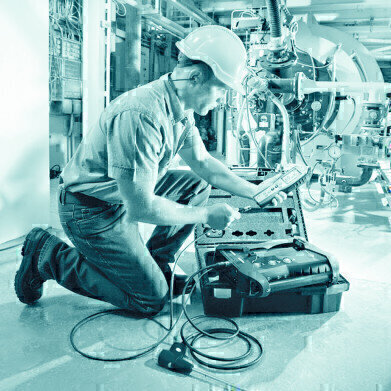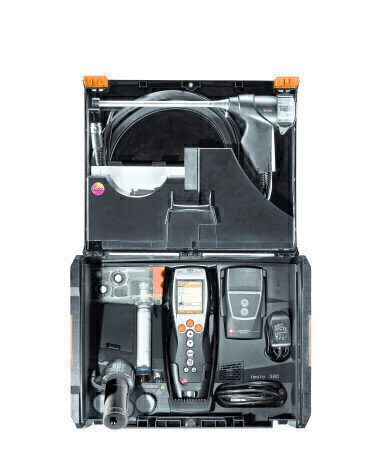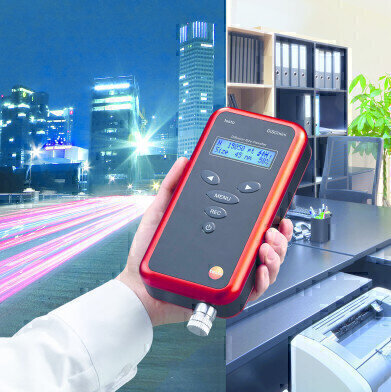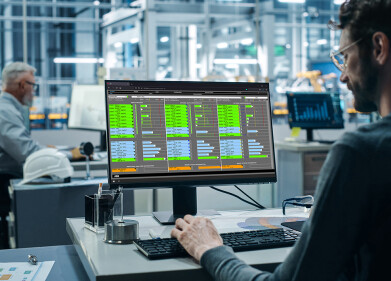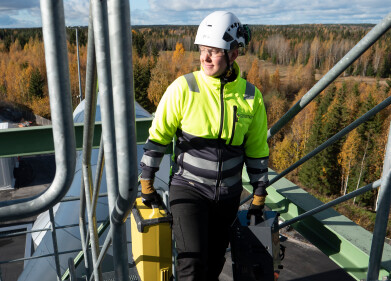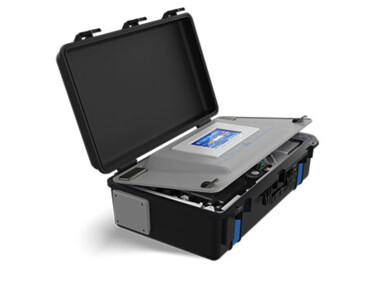CEMS
Emissions Analysis for the Highest Demands
Jul 26 2017
Air quality is becoming more and more relevant with both public and industry aware of the implications. Public health and energy efficiency need to be balanced, whether the plant is large or small, or whether it’s traditional or new renewable energy.
Large combustion plants over 50MW are closely monitored with CEMS to ensure compliance with ELV figures. With the new Medium Combustion Plant Directive, plants of 1MW to 50MW also require emissions monitoring. The question for the industry is how to deliver evidence of compliant emissions in a commercially viable process.
The use of periodic testing as opposed to continuous monitoring is valid in some scenarios. It means transportable or portable equipment can be used, depending on the Environmental Agency (EA) conditions. Emissions services can be purchased at a fraction of the cost of running an on-site CEMS.
The EA already has an MCERTS program for portable emissions monitoring and it includes the testo 350 emissions analyser. Testo 350 is a 6-sensor analyser capable of spot checking and long-term measurement of SO2, NO, NO2 as well as CO, O2 and CO2 if required. Highly portable and robust, testo 350 is ready to measure within minutes. And with testo’s 60 years of expertise in designing analysers you can be sure that testo 350 delivers high accuracy every time. The analyser can be supplied with testo EasyEmission professional software suite for building reports.
Particulates from biomass burners is also recognised as a source of emissions which is dangerous for public health. Monitoring of particulate emissions has become an operational requirement for many installations. Testo 380 is another very portable and simple instrument capable of taking spot measurements. It takes emissions samples and uses an oscillating fine particle sensor to measure the mass of particles. Testo 380 already meets the stringent standards placed on biomass burners in Germany, where regulation is much tighter than in the UK.
Combustion plants are not the only contributor to poor air quality. Pollution from vehicles is also high on the agenda for improving air quality. Nanoparticles caused by diesel engines in particular are coming under more scrutiny. Measurements of nanoparticles need specialist equipment which is also available from Testo.
With an eye on real driving measurements to be included in forthcoming European Emission Standards for passenger cars according to the Regulation 459/2012/EC, Testo has unveiled the all-new NanoMet3 for solid nanoparticle counting and classification. It’s designed for measuring Real Driving Emissions (RDE).
For handheld measurement of nanoparticles Testo has also launched testo DiSCmini for air quality applications. It measures the number and average diameter of nanoparticles which enables human exposure to pollutants such as diesel soot or industrial nanoparticles to be measured.
Air quality is indeed an important issue, and with testo instruments monitoring doesn’t have to cost the earth.
Digital Edition
AET 28.4 Oct/Nov 2024
November 2024
Gas Detection - Go from lagging to leading: why investment in gas detection makes sense Air Monitoring - Swirl and vortex meters will aid green hydrogen production - Beyond the Stack: Emi...
View all digital editions
Events
Jan 12 2025 Abu Dhabi, UAE
Jan 14 2025 Abu Dhabi, UAE
Jan 20 2025 San Diego, CA, USA
Carrefour des Gestions Locales de L'eau
Jan 22 2025 Rennes, France
Safety, Health & Wellbeing LIVE
Jan 22 2025 Manchester, UK
